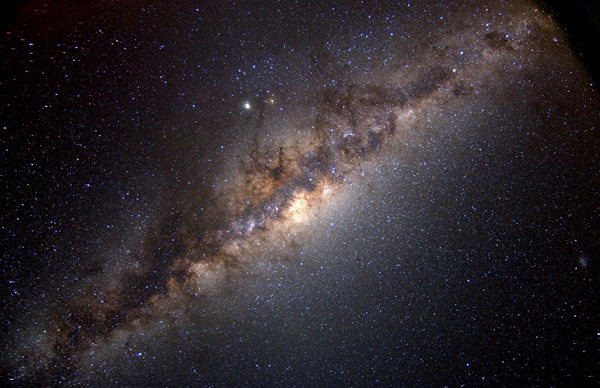Key Takeaways:
Q: How can a galaxy be over 27 billion light-years from Earth if the universe is only about 13 billion years old?
Edward Perry
Lacey, Washington
A: The universe is indeed about 13.8 billion years old, based on measurements taken by the Planck mission in 2012.
Measuring something 27 billion light-years away from Earth — remember that a light-year is a unit of distance that describes how far you can go in one year at the speed of light, almost 6 trillion miles (9 trillion kilometers) — does seem inconsistent with there having only been 13.8 billion years for that light to have done any traveling. In fact, there are two things going on that remove the inconsistency here.
The first is that our universe isn’t static. If the universe were not expanding, and had been at its current size for all of history, there’d be no way to fix this apparent paradox. A galaxy that’s 10 billion light-years distant would still be 10 billion light-years away no matter how many billions of years you keep watching. Our universe is, however, expanding — and it’s expanding faster as time progresses. So over time, two galaxies will drift farther apart from each other like driftwood in a current.
The second factor is that we’re not directly measuring a galaxy at 27 billion light-years away from us — we’re seeing ancient light from that galaxy, which has traveled for billions of years through the universe. The universe was smaller (and younger) when the light initially left; this younger, shorter path only takes a few billion years to reach us. In that time, though, the universe has expanded, and the distance between us and the galaxy is now much greater — so much greater that if the light were to make the journey today, it would take 27 billion years to reach us. This is, of course, not something we can observe now — there simply hasn’t been enough time since the universe’s birth for light to travel that far. But given our understanding of how the universe is changing, we can predict how far the galaxy should now be (27 billion light-years), based on the light we receive that was emitted in the past.
Jillian Scudder
Assistant Professor of Physics,
Department of Physics, Oberlin College and Conservatory,
Oberlin, Ohio










